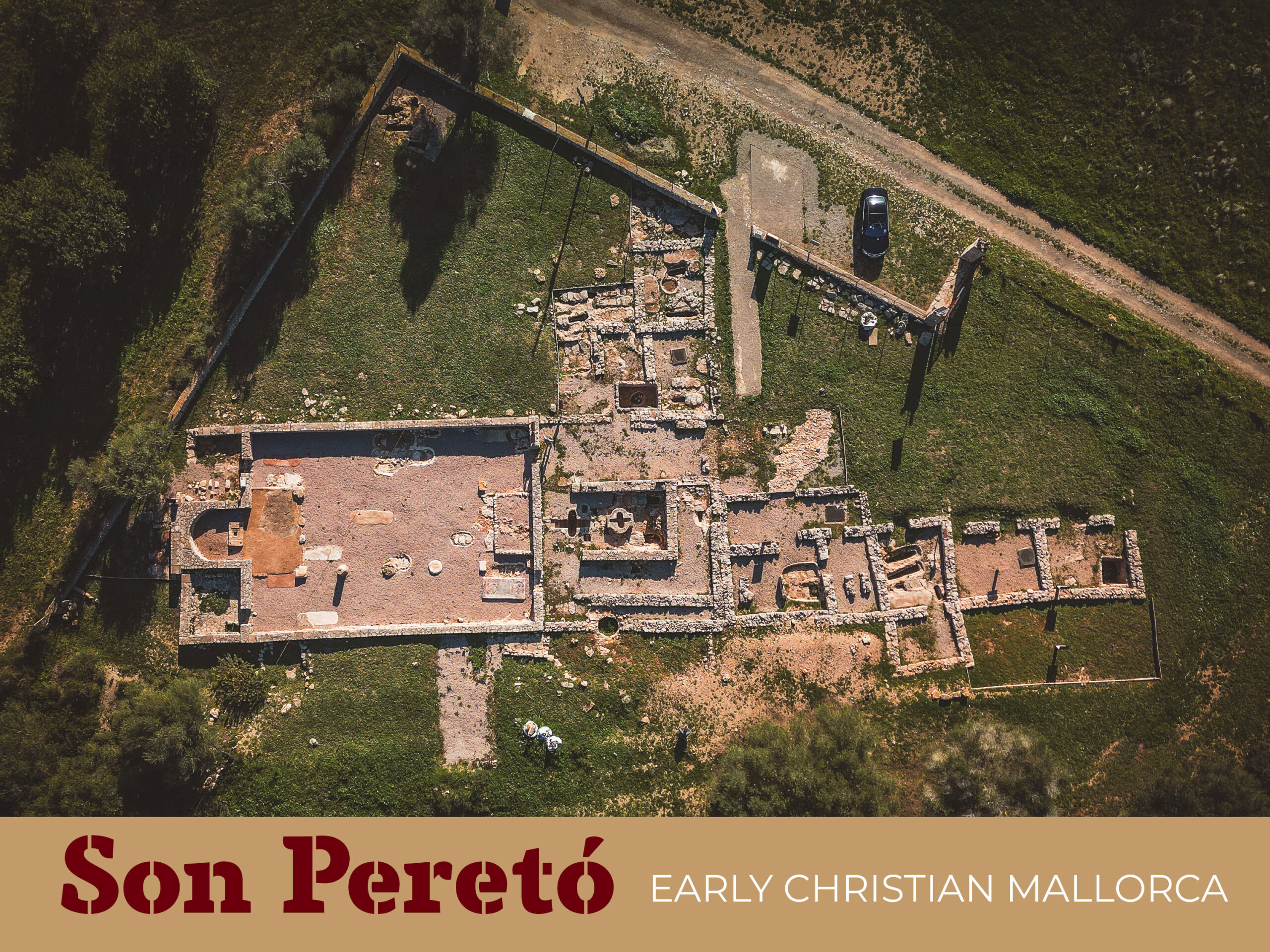
Mallorca 🇪🇸
Content
The Christianization of Mallorca
Mallorca was Christianized in the 4th century as Christianity spread throughout the Roman Empire. Under the rule of Constantine the Great (306–337 AD), Christianity was officially recognized and gradually gained influence.
In the 5th century, Mallorca fell under the control of the Vandals, a Germanic tribe that occupied the Balearic Islands from North Africa in 429 AD. Originally warriors from Central Europe, the Vandals migrated westward during the period of mass migrations. After conquering Carthage, they established their power base in North Africa, controlling key maritime trade routes. They built a short-lived but influential kingdom and used the Balearic Islands as a strategic base for their naval operations.
The Vandals were Arian Christians, a branch of Christianity that interpreted the Trinity differently from the Roman Catholic Church. Catholic bishops were persecuted, churches were destroyed or repurposed for Arian worship. It was only after the Byzantine Empire, under Emperor Justinian I, reconquered the island in 534 AD that Catholicism regained its strength.
The Basilica of Son Peretó and Its Development
The Basilica of Son Peretó is one of the most important examples of early Christian architecture on Mallorca. Its exact construction date is unknown, but it was likely used as a place of worship as early as the 4th or early 5th century, making it one of the oldest Christian sites on the island.
The basilica had a footprint of approximately 21 by 14 meters and was divided into three naves, separated by two rows of columns. The church was oriented eastward toward the presumed Heavenly Jerusalem. The roof was likely made of wooden beams and tiles (Tegulae). The entire interior was adorned with intricate mosaics featuring geometric and figurative patterns in white, red, and black.
In the 6th century, during Byzantine rule, the basilica experienced its peak. This is evidenced by the elaborately designed baptismal fonts built during this period. They were used for the sacrament of baptism, through which new members were welcomed into the Christian community. The baptismal ceremony likely involved full or partial immersion in consecrated water, a symbolic act of purification and rebirth in the Christian faith.
In the 7th or 8th century, Son Peretó likely fell victim to a fire. Whether this was caused by an attack, an accident, or gradual decay remains unclear.
Notable Finds from Son Peretó
The archaeological excavations at Son Peretó have uncovered numerous remarkable finds. One of the most impressive discoveries is the mosaic featuring the epitaph of Baleria, dating back to the mid-6th century. The inscription reads: BALERIA FIDELIS IN PACE VIXIT ANNIS TRS DE HAC VITA SD II KAL OCTO ('The faithful Baleria lived [...?]* years in peace. She departed this life on the 2nd day before the Kalends of October.' The age of Baleria is difficult to determine, as the inscription contains a debated numerical abbreviation. Different archaeologists have proposed various interpretations, suggesting she may have lived for 26, 60, 70, or 73 years.)
The mosaic is impressive due to its intricate design and well-preserved inscription. Particularly remarkable is the precise arrangement of the letters and the choice of colors, indicating a high level of craftsmanship. Beneath the mosaic, archaeologists discovered the almost complete skull of a woman, along with fragments of a child's femur and tibia.
Additional mosaics from Son Peretó adorn the edges of the room. All of them are dated to the mid-6th century, the same period as the baptismal fonts from Byzantine times. The mosaics feature not only geometric patterns but also plant motifs and symbolic depictions, providing insight into the religious context and artistic influences of the era.
In addition to the mosaics, various architectural fragments, ceramic remains, and liturgical objects were discovered, all indicating a thriving religious life during this period. Particularly remarkable are parts of the altar, which was likely hollow and used for storing relics.
Son Peretó at the Museu de Manacor
Most of the most significant finds from Son Peretó are now on display at the Museu de Manacor. Here, visitors can admire the restored mosaics, a section of the Altar de Son Peretó, a burial plaque featuring a Byzantine cross, as well as various ceramics and smaller artifacts showcased in glass cases. The exhibition offers deep insight into early Christian Mallorca, explaining how faith was established and developed in the region. Particularly engaging are the illustrations that bring early Christian rituals to life, providing a tangible glimpse into the religious practices of the time.
Basílica de Sa Carrotja
The Basilica de Sa Carroja is another significant early Christian site on Mallorca, dated to the 5th or 6th century. It shares structural similarities with the Basilica of Son Peretó, and several graves and mosaics have also been discovered in its surroundings.
During the recent construction boom, the site was built over and destroyed. Today, its location is occupied by modern buildings and covered by roads. The only visible remnant is a baptismal font, which has been preserved under a glass case. Unfortunately, the strong reflections on the glass make photography extremely difficult.
Sie sehen gerade einen Platzhalterinhalt von Google Maps. Um auf den eigentlichen Inhalt zuzugreifen, klicken Sie auf die Schaltfläche unten. Bitte beachten Sie, dass dabei Daten an Drittanbieter weitergegeben werden.
Mehr InformationenHow to get there?
- Son Peretó at Google Maps,
Coordinates: 39°35’47.8″N 3°15’54.2″E - Museu d’Història de Manacor at Google Maps,
Coordinates: 39°33’29.1″N 3°13’04.3″E
Website: Museum Website - Basílica de Sa Carrotja at Google Maps,
Coordinates: 39°32’28.7″N 3°20’20.4″E
